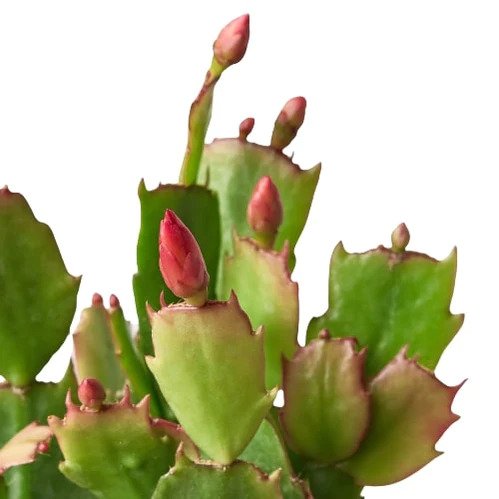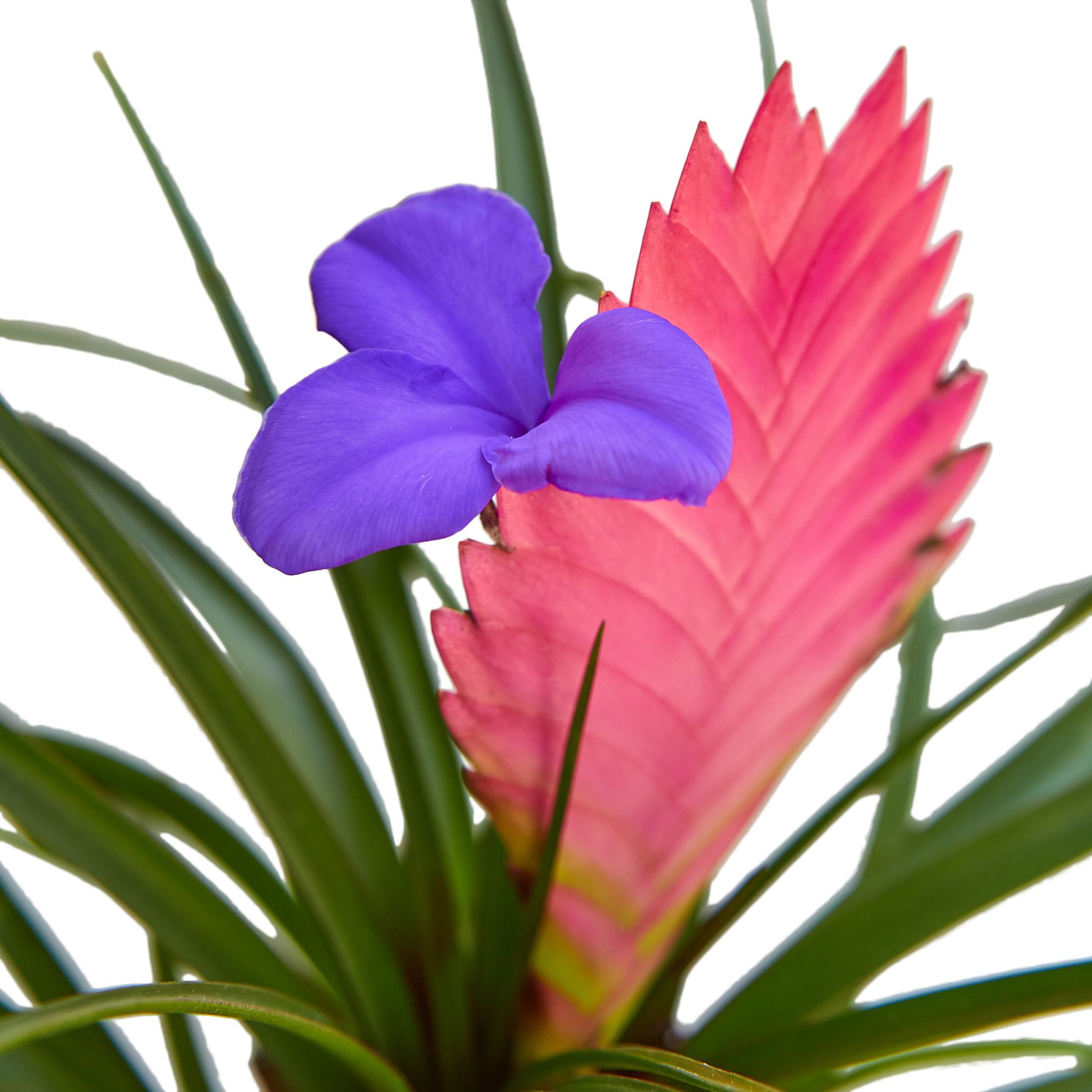Flowering Plants: The Best of Both Worlds
“A plant is the most patient and forgiving teacher.”
Flowering plants are a beautiful and rewarding addition to any home or garden. With proper care, they can thrive and provide you with years of enjoyment. Here are a few tips on how to care for flowering plants:
Choose the Right Location
🌷
🌷
The first step in caring for flowering plants is to choose the right location. Most flowering plants need plenty of sunlight, so choose a spot that receives at least six hours of direct sunlight per day. If you're growing plants indoors, place them near a south-facing window.
Water Properly
Watering is one of the most important aspects of plant care. Flowering plants need to be watered regularly, but not too much. The best way to water flowering plants is to water them deeply once or twice a week, allowing the soil to dry out slightly between waterings.
🪻
🪻
Fertilize Regularly
Flowering plants require the presence of essential nutrients, including nitrogen, phosphorus, and potassium, in order to produce abundant and vibrant blooms. Fertilizers provide these crucial nutrients, promoting the growth and development of healthy plants. For optimal results, fertilize your plants approximately every two weeks during the growing season, which typically occurs in the spring and summer. Choose a balanced fertilizer, which contains the appropriate ratios of nitrogen, phosphorus, and potassium. Apply the fertilizer according to the instructions on the product label, as over-fertilization can damage plants. Additionally, consider the specific needs of your plants, as certain species may have unique nutrient requirements. By providing your plants with regular fertilization, you will encourage lush foliage, vibrant flowers, and overall plant health.
Prune Regularly
Pruning is essential for keeping flowering plants healthy and looking their best. Prune your plants regularly to remove dead or diseased branches, and to shape the plant.
Repot When Necessary
As your flowering plants grow, they may need to be repotted. Repot your plants when the roots start to grow out of the drainage holes in the bottom of the pot.
Protect from Pests and Diseases
Flowering plants are susceptible to a variety of pests and diseases. Inspect your plants regularly for signs of pests or diseases, and treat them immediately.
With proper care, your flowering plants will thrive and provide you with years of enjoyment.
As advocates of green living, we at The ZEN Succulent would love to hear your stories about how indoor plants have influenced your life. Share your experiences in the comments below or tag us on social media with your indoor garden photos. Let’s spread the word about the healing power of plants.
Words By The ZEN Succulent
Inspiring everyone to embrace the world of plants, our collection features articles penned by The Sill's team of seasoned plant experts. Covering a range of plant care topics, because we truly believe Plants Bring Life, Joy and Inspirations™






